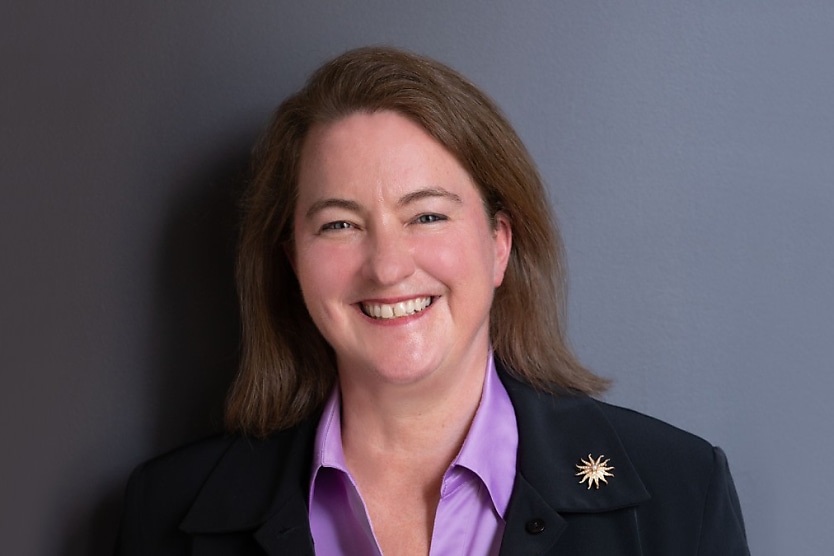
The lowest-ever national gender pay gap has been recorded. Here’s how leaders can keep the momentum up.
According to new data from the Australian Bureau of Statistics (ABS), the country’s gender wage gap has narrowed the cycle to the lowest level on record of 13 per cent – a 0.3 percentage point decrease on figures released in February this year.
This means, on average, for every $1 that men earn in Australia, women make 87¢, or, on average, Aussie women earn $13,120 less in their annual base salary than men each year.
The figures indicate that the gap is now around 0.9 points lower than just before the pandemic (13.9 per cent in November 2019), 4.4 points below where it was a decade ago (17.4 per cent in May 2013) and around 2.0 points below the pre-mining boom low in 2005, according to the ABS.
While the data shows a big drop in the national gender pay gap – thought to be narrowed on the back of a strong increase in full-time wages in female-dominated jobs such as teaching and nursing – Mary Wooldridge, Workplace Gender Equality Agency (WGEA) chief executive, said now is not the time for Australia to rest on its laurels.
“As we celebrate the incredible performance by the Matildas and the fact their semi-final was the most watched TV event in Australian history, we are also energised by the lowest-ever national gender pay gap,” Ms Wooldridge said.
“This momentum is a springboard for renewed action for employers to prioritise gender equality and ensure that we continue to work towards closing the gender pay gap.”
With Friday, 25 August, marking Equal Pay Day, and the government’s new legislation to make it compulsory for businesses with 100 staff or more to report their gender pay gap taking effect from 2024, Ms Wooldridge said that now is the time for employers to make strong movements towards narrowing the gap.
“Next Friday, 25 August, is Equal Pay Day, marking the 56 days from the end of the financial year that women have to work to earn the same, on average, as men,” Ms Wooldridge said.
“This year, we are calling on employers to recognise that ‘what’s missing matters’ in a whole range of situations, and particularly the missing pay for women matters. And we are asking employers to do something about it.
“Employers have a key role to play in addressing the entrenched gender norms and stereotypes that are a barrier to women’s progression or full participation in the workplace.
“With dedicated, intentional action to address the gender pay gap in their organisation, Australian employers will contribute to accelerating progress to close the national gender pay gap.”
Industry reaction
ASPL Group CEO Kris Grant was quick to comment off the back of the latest figures, noting that there’s a logical explanation for the narrowing of the gender pay gap.
“Women, who comprise almost 50 per cent of the Australian workforce, are benefiting from strong gains in full-time employment and robust wages growth. Full-time adult average weekly total earnings for women jumped 4.6 per cent over the year to May 2023, well above growth in male average weekly earnings of 3.6 per cent,” she said.
“The number of women employed full-time stood at a seasonally adjusted 3.84 million in July 2023, up from 3.63 million a year earlier, representing jobs growth of 5.8 per cent. That compares to growth in male full-time employment, which stood at 6.0 million in July 2023, up from 5.82 million a year earlier, representing growth of just 3.1 per cent.
“Several factors are contributing to the large gain in the number of women employed. The emergence of more flexible working arrangements in Australia has helped to boost female workforce participation. The rising cost of living is also forcing some women into the workforce to help meet the spiralling cost of living and rising mortgage repayments.”
RELATED TERMS
The term "gender pay gap" refers to the customarily higher average incomes and salaries that men receive over women.









